



 Tech & IT
Tech & IT
 Business
Business
 Coding & Developer
Coding & Developer
 Finance & Accounting
Finance & Accounting
 Academics
Academics
 Office Applications
Office Applications
 Art & Design
Art & Design
 Marketing
Marketing
 Health & Wellness
Health & Wellness
 Sounds & Music
Sounds & Music
 Lifestyle
Lifestyle
 Photography
Photography
More Learnfly
Business Solution Become an InstructorMachine learning (ML) is a type of artificial intelligence (AI) that allows software applications to become more accurate at predicting outcomes without being explicitly programmed to do so.

By : Dr. Nouman Azam
Learn to implement classification and clustering algorithms using MATLAB wi...
4.3 27889
9:12:36 hrs 62 lectures Beginner Level

By : Dr. Nouman Azam
Learn to implement commonly used Data Preprocessing Techniques in MATLAB ...
4.7 63728
4:14:3 hrs 30 lectures Beginner Level

By : Saheb Singh chaddha
Machines are now learning, why aren't you?...
4.6 8463
14 lectures Beginner Level












Learn more topics in various categories at one place. Explore unlimited courses in other categories and up-skill yourself today.

 Jazeb Akram
Jazeb Akram 4.2 769725 Beginner Level

 John Hedengren
John Hedengren 4.1 568113 All Level

 Ranjan Pandey
Ranjan Pandey 4.1 345842 All Level

 Pieter Vliegenthart
Pieter Vliegenthart 4.6 99995 All Level

 Muhammad Ahsan Pervaiz
Muhammad Ahsan Pervaiz 4.2 99789 All Level

 Jerome P.
Jerome P. 4.8 99511 All Level

 Senol Atac
Senol Atac 4.9 99067 All Level

 Vikas Munjal
Vikas Munjal 4.8 99037 Beginner Level

 Chandramouli Jayendran
Chandramouli Jayendran 4.9 98580 Beginner Level
.jpg)
 Manas Dasgupta
Manas Dasgupta106 Lectures Beginner Level
.jpg)
 Manas Dasgupta
Manas Dasgupta111 Lectures Beginner Level

 DG Academy
DG Academy 16 Lectures Beginner Level

 Sekhar Metla (Microsoft Certified Professional) Sudha
Sekhar Metla (Microsoft Certified Professional) Sudha37 Lectures Beginner Level

 DG Academy
DG Academy 19 Lectures Beginner Level

 Ashraf Al Madhoun
Ashraf Al Madhoun14 Lectures Beginner Level

 Temotec Learning Academy
Temotec Learning Academy27 Lectures Beginner Level

 Zeeshan Ahmad
Zeeshan Ahmad41 Lectures Beginner Level

 Zeeshan Ahmad
Zeeshan Ahmad306 Lectures Beginner Level

 Ahmed Ibrahim
Ahmed Ibrahim96 Lectures Beginner Level
.jpg)
 Ahmed Ibrahim
Ahmed Ibrahim74 Lectures Beginner Level

 Akhil Vydyula
Akhil Vydyula7 Lectures Beginner Level

 Sekhar Metla (Microsoft Certified Professional) Sudha
Sekhar Metla (Microsoft Certified Professional) Sudha42 Lectures Beginner Level

 Aravindan Raghavan
Aravindan Raghavan9 Lectures Beginner Level

 Mohamed Gamal
Mohamed Gamal50 Lectures Beginner Level

 Taabish Khalani
Taabish Khalani17 Lectures Beginner Level

 Anthony Isaac
Anthony Isaac7 Lectures Beginner Level
.jpg)
 Mweemba Mathews Mizinga
Mweemba Mathews Mizinga9 Lectures Beginner Level
.jpg)
 Anas Sajjad
Anas Sajjad18 Lectures Beginner Level

 Amir Kamizi
Amir Kamizi15 Lectures Beginner Level

 Sekhar Metla (Microsoft Certified Professional) Sudha
Sekhar Metla (Microsoft Certified Professional) Sudha38 Lectures Beginner Level
.jpg)
 Mweemba Mathews Mizinga
Mweemba Mathews Mizinga14 Lectures Beginner Level

 Pradeep Saran
Pradeep Saran12 Lectures Beginner Level

 Akhil Vydyula
Akhil Vydyula11 Lectures Beginner Level

 Mohammed Barakat
Mohammed Barakat111 Lectures Beginner Level

 Fahad Masood Reda
Fahad Masood Reda53 Lectures Beginner Level

 irfan Azmat
irfan Azmat35 Lectures Beginner Level

 Faisal Zamir
Faisal Zamir52 Lectures Beginner Level
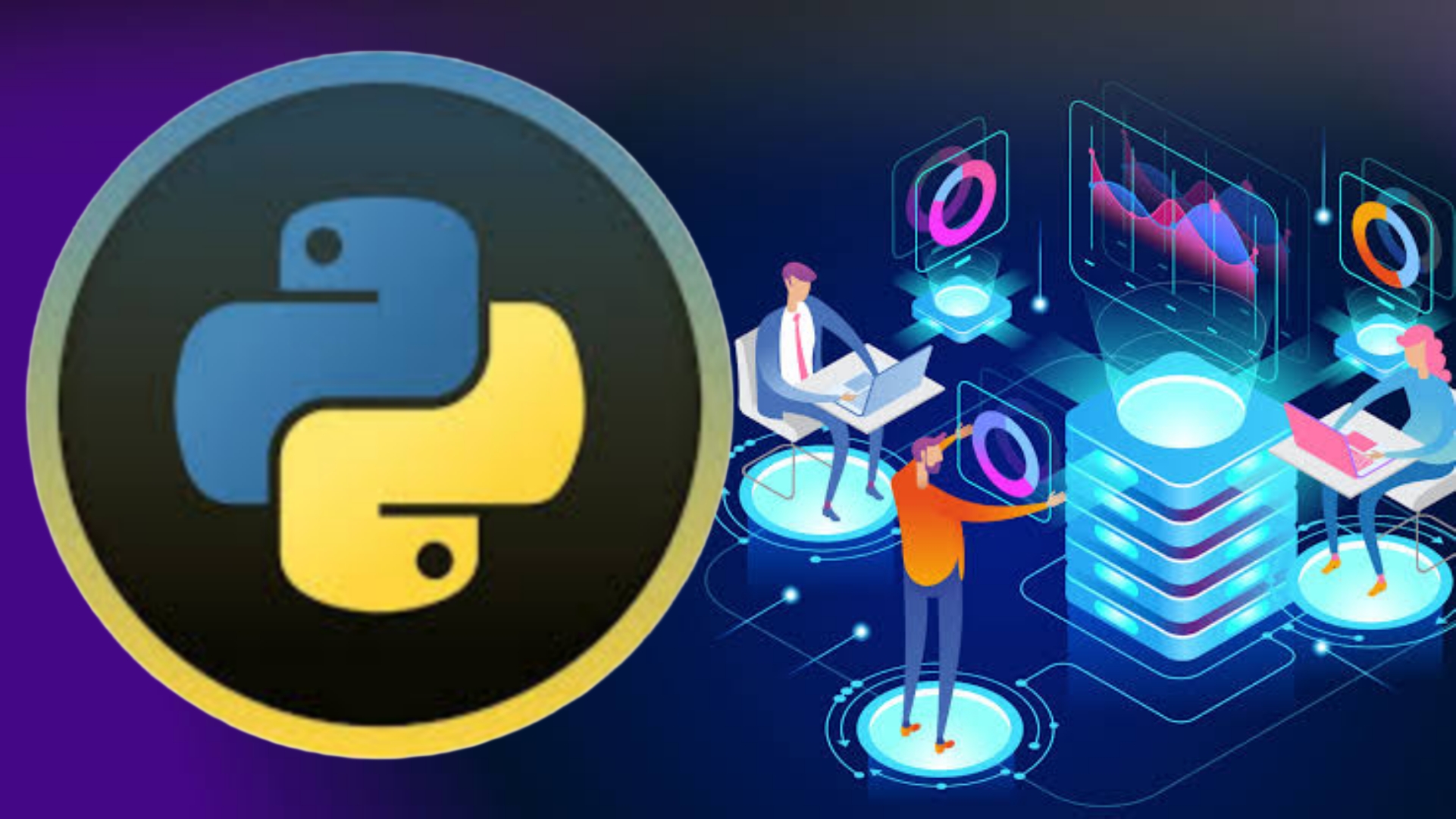
 irfan Azmat
irfan Azmat14 Lectures Beginner Level

 LinCademy Training
LinCademy Training20 Lectures Beginner Level
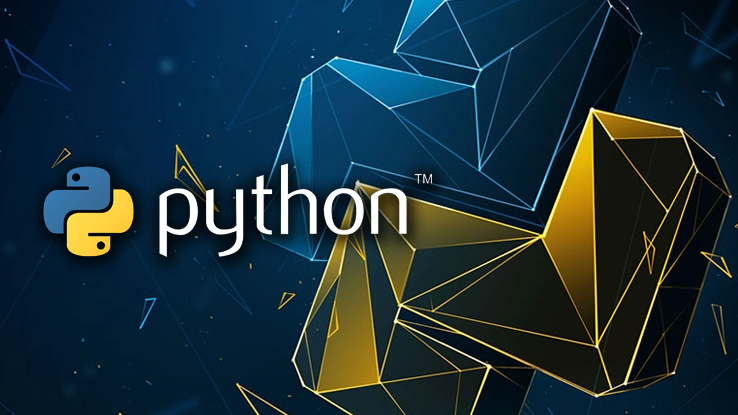
 Mazhar Hussain
Mazhar Hussain22 Lectures Beginner Level
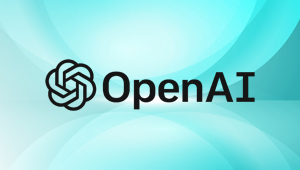
 Arbaz Khan
Arbaz Khan8 Lectures Beginner Level
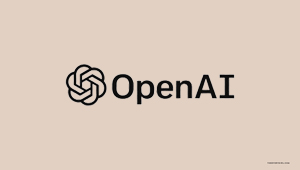
 Arbaz Khan
Arbaz Khan13 Lectures Beginner Level
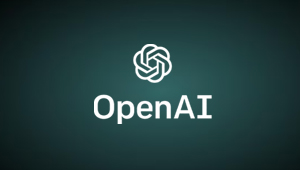
 Alden Adison
Alden Adison29 Lectures Beginner Level

 Sekhar Metla (Microsoft Certified Professional) Sudha
Sekhar Metla (Microsoft Certified Professional) Sudha32 Lectures Beginner Level

 Ashish Rathi
Ashish Rathi13 Lectures Beginner Level
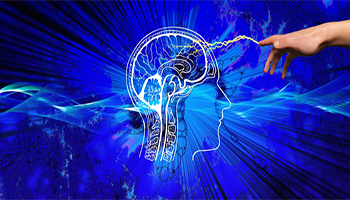
 Skillcart E-Learning
Skillcart E-Learning43 Lectures Beginner Level

 Skillcart E-Learning
Skillcart E-Learning4 Lectures Beginner Level
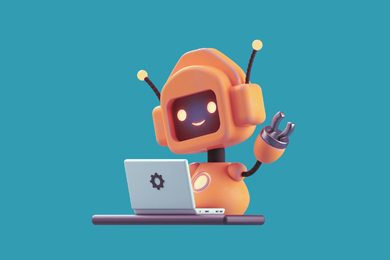
 Eshaan Rao
Eshaan Rao22 Lectures Beginner Level

 Skillcart E-Learning
Skillcart E-Learning8 Lectures Beginner Level
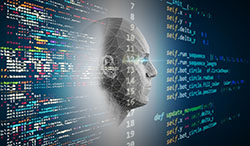
 Skillcart E-Learning
Skillcart E-Learning14 Lectures Beginner Level
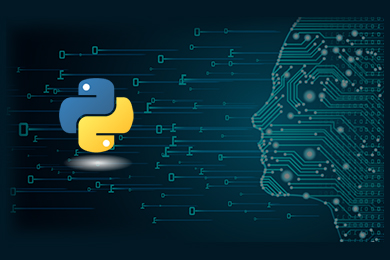
 Skillcart E-Learning
Skillcart E-Learning18 Lectures Beginner Level
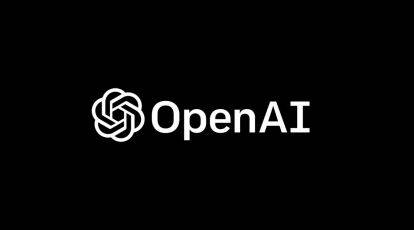
 Avinash A
Avinash A14 Lectures Beginner Level
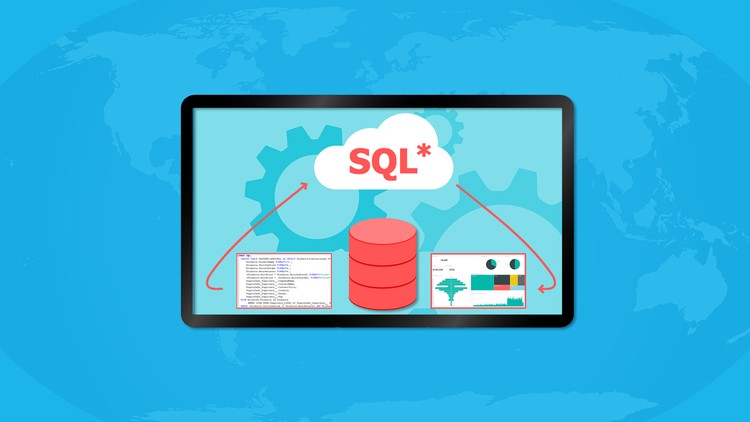
 Akash Pawar
Akash Pawar42 Lectures Beginner Level

 Edwin Bomela
Edwin Bomela32 Lectures Beginner Level
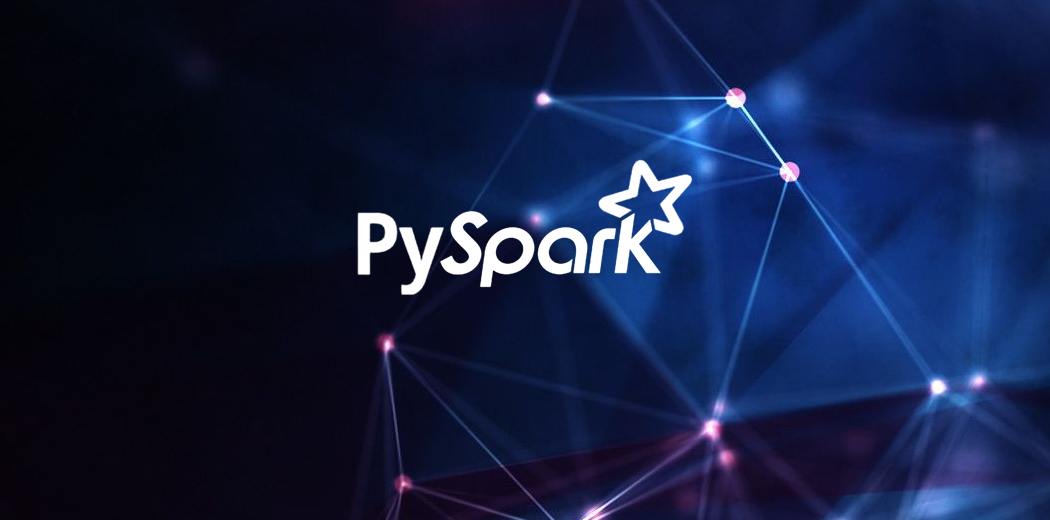
 Akash Pawar
Akash Pawar24 Lectures Beginner Level
.jpg)
 Fahad Masood Reda
Fahad Masood Reda19 Lectures Beginner Level

 Diogo Marques
Diogo Marques32 Lectures Beginner Level

 Akhil Vydyula
Akhil Vydyula17 Lectures Beginner Level
.jpg)
 Raj Chhabria
Raj Chhabria36 Lectures Beginner Level

 Edwin Bomela
Edwin Bomela25 Lectures Beginner Level
.jpg)
 Jobshie Academy
Jobshie Academy19 Lectures Beginner Level

 Rithesh Sreenivasan
Rithesh Sreenivasan21 Lectures Beginner Level

 Mohit Jain
Mohit Jain47 Lectures Beginner Level

 Surendra varma Pericherla
Surendra varma Pericherla31 Lectures Beginner Level

 Sekhar Metla (Microsoft Certified Professional) Sudha
Sekhar Metla (Microsoft Certified Professional) Sudha184 Lectures Beginner Level

 School of Disruptive Innovation Innovation
School of Disruptive Innovation Innovation6 Lectures Beginner Level

 School of Disruptive Innovation Innovation
School of Disruptive Innovation Innovation9 Lectures Beginner Level

 Blaise Aboh
Blaise Aboh20 Lectures Beginner Level

 Haytham Elmousalami
Haytham Elmousalami13 Lectures Beginner Level
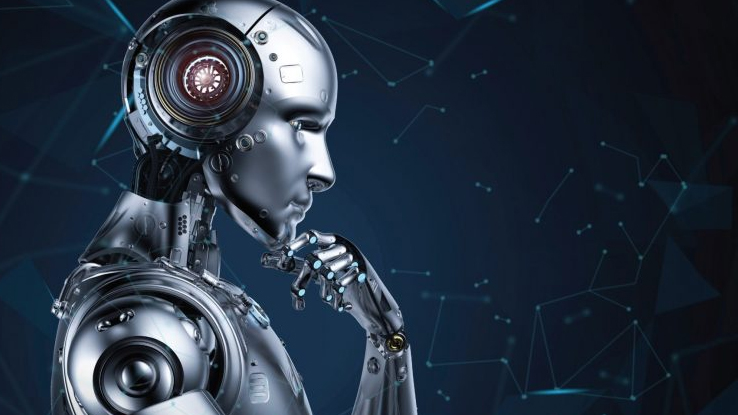
 Gilad James, PhD
Gilad James, PhD11 Lectures Beginner Level

 Juan Galvan
Juan Galvan72 Lectures Beginner Level

 Pruthviraja L
Pruthviraja L19 Lectures Beginner Level

 Matthew Renze
Matthew Renze 18 Lectures Beginner Level

 Marko Intihar
Marko Intihar78 Lectures Beginner Level

 Shyngys Shynbolatov
Shyngys Shynbolatov 4 Lectures Beginner Level

 Cosmic .
Cosmic .112 Lectures Beginner Level

 Cosmic .
Cosmic .109 Lectures Beginner Level

 Datahill Solutions
Datahill Solutions13 Lectures Beginner Level

 Datahill Solutions
Datahill Solutions14 Lectures Beginner Level

 Datahill Solutions
Datahill Solutions82 Lectures Beginner Level

 MD Rijwan
MD Rijwan 21 Lectures Beginner Level

 Abhilash Nelson
Abhilash Nelson88 Lectures Beginner Level

 Abhilash Nelson
Abhilash Nelson45 Lectures Beginner Level

 Tushar Sukhiya
Tushar Sukhiya5 Lectures Beginner Level

 Tushar Sukhiya
Tushar Sukhiya16 Lectures Beginner Level

 Vinoth Rathinam
Vinoth Rathinam13 Lectures Beginner Level

 Bert Gollnick
Bert Gollnick124 Lectures Beginner Level

 Dr. Nouman Azam
Dr. Nouman Azam62 Lectures Beginner Level

 Dr. Nouman Azam
Dr. Nouman Azam30 Lectures Beginner Level

 Saheb Singh chaddha
Saheb Singh chaddha14 Lectures Beginner Level
Machine Learning is a branch of artificial intelligence that focuses on developing algorithms and models that enable computers to learn from data and make predictions or decisions without explicit programming. ML allows systems to improve their performance over time based on experience.
Machine Learning works by training models on labeled data, allowing the algorithm to learn patterns and relationships. These trained models can then make predictions or decisions when presented with new, unseen data. The process involves training, testing, and iterating to improve the model's accuracy.
Types of ML include:
Supervised Learning: Models learn from labeled data with input-output pairs.
Unsupervised Learning: Models discover patterns and relationships in unlabeled data.
Reinforcement Learning: Agents learn through interaction with an environment, receiving rewards or penalties based on actions.
Semi-Supervised Learning and Self-Supervised Learning: Hybrid approaches using both labeled and unlabeled data.
ML is used in various applications, including:
Image and speech recognition
Natural language processing
Recommendation systems
Fraud detection
Predictive analytics
Autonomous vehicles
Healthcare diagnostics
Machine Learning algorithms process data and learn patterns to create models. These models, based on learned parameters, can then make predictions or decisions when presented with new data. Common algorithms include decision trees, neural networks, support vector machines, and clustering algorithms.





